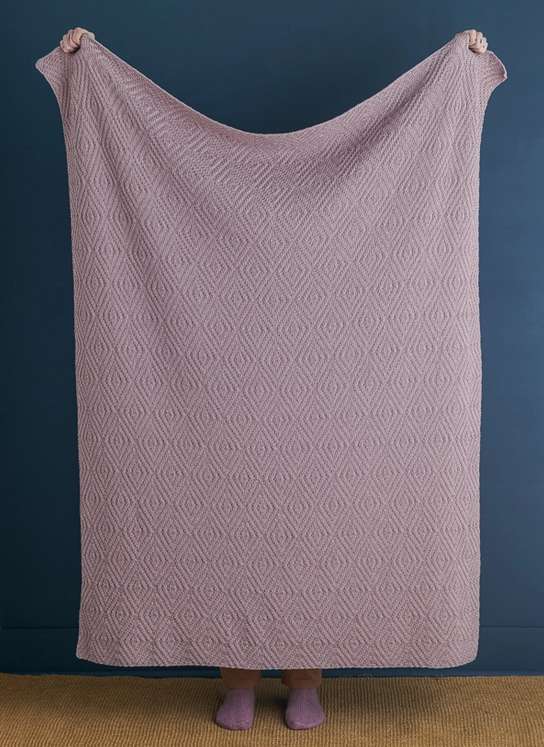 This was in an email sent to members of CMA (Contemporary Mosaic Art) website…
This was in an email sent to members of CMA (Contemporary Mosaic Art) website…
A message to all members of CMA
CMA Member News Reporter Submitted by Tricia Huffman May 14, 2011 Grouting Continued.. Since this is the finishing touch to your hard work, I am expanding on the issue of grout issues from last report to address some questions that came to me as a result. 2. Concrete substrate had not fully cured or had a moisture vapor issue prior to adhering mosaic. 3. Water used in mixing or cleaning the grout was high in chlorine or had a high mineral content.( Pond water or home water softeners and city water that is heavily chlorinated or has a high mineral content can contribute to efflorescence.) 4 Temperatures were too cold while grout was curing. 5. Grout joints were wiped excessively during initial cleanup. 6. Standing water was left in empty grout joints prior to 7 Tile was especially dense and nonporous. 8 Grout was prematurely exposed to heavy amounts of water before it had a chance to cure. Always consult manufacture instructions for your particular needs. |

